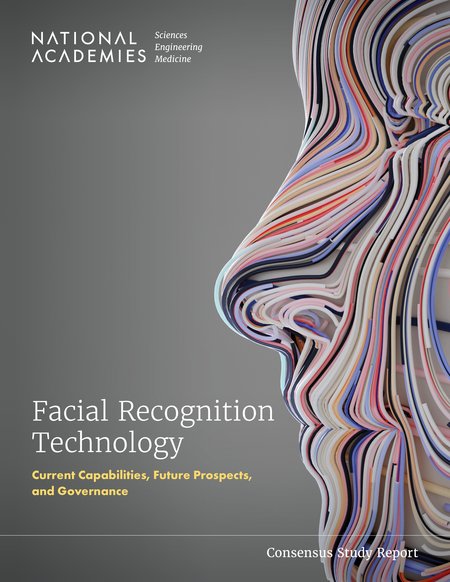By James Austin, Richard Rosenfeld and Todd Clear
Florida has benefited from the national drop in crime that began in the early 1990s. Its growth in incarceration also paralleled the steady national imprisonment rise of the last forty-five years. Florida’s rate peaked around 2010 and has been declining ever since. Policy makers would benefit from defensible projections of future trends in crime, and especially from estimates of the effect that further reductions in the number of people in jail and prison might have on those trends. The authors of this study developed quantitative models—explained here in non-technical language—of the effects of various demographic and economic factors, as well as the imprisonment rate, on Florida’s past crime rates. They then used these models to project crime trends into the 2020s, both with and without the assumption of a substantial reduction in imprisonment.
New York: Harry Frank Guggenheim Foundation. 2021, 28pg





















